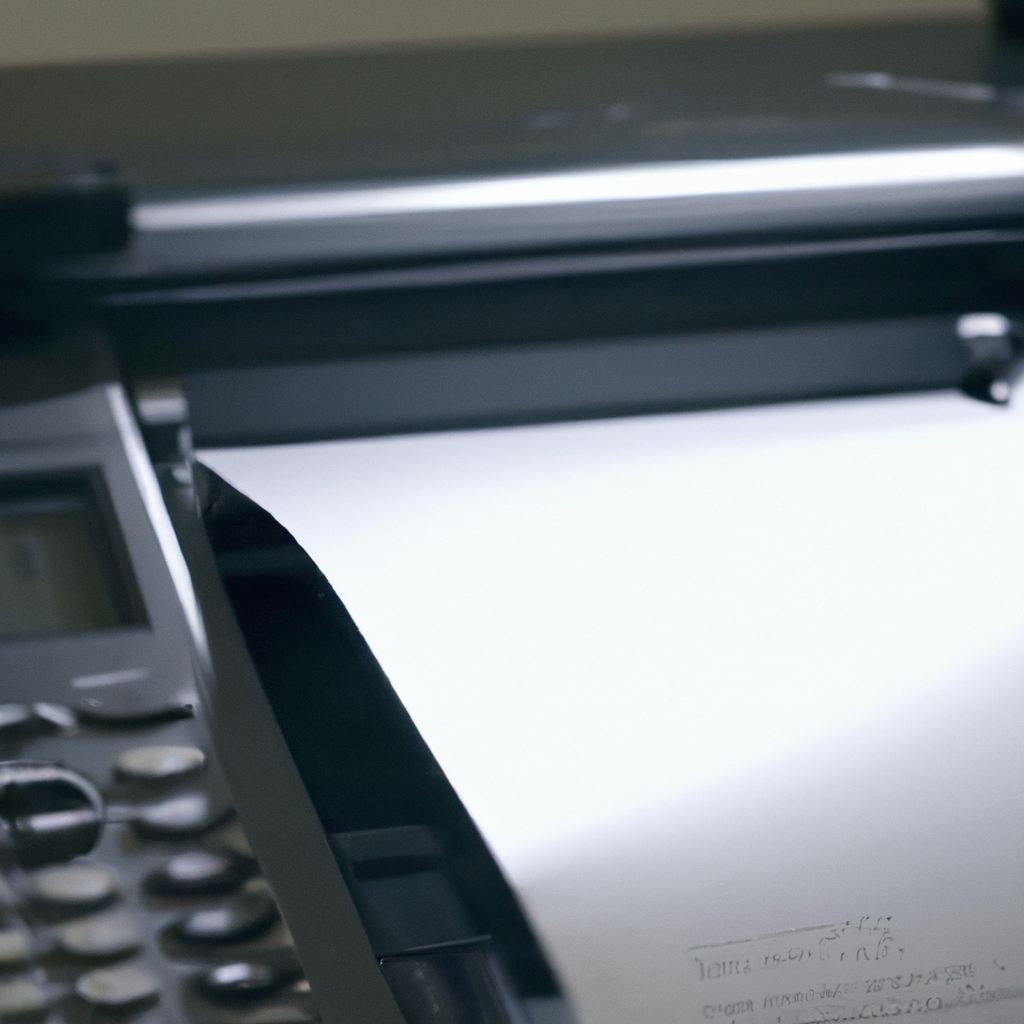Fax machines have been around for decades, and while they are not as commonly used today as they once were, they remain an important tool for many businesses and individuals. But how do fax machines work? In this article, we will explore the technology behind fax machines, the mechanics of transmitting documents, and the history of this important tool.
Fax Machine Technology
A fax machine, also known as a facsimile machine, is a device that is used to transmit documents between two locations. The basic technology behind fax machines has remained largely unchanged since it was first introduced in the early 20th century.
Fax machines use a combination of analog and digital technology to transmit documents. An analog fax machine converts a document into a series of electronic signals that can be transmitted over a phone line. A digital fax machine, on the other hand, converts a document into a digital image that can be transmitted over the internet or other digital networks.
Fax Transmissions
When a document is transmitted via fax, it is first scanned into the fax machine. The machine then converts the document into a series of electronic signals or a digital image, depending on the type of machine being used.
The signals or image are then transmitted over a phone line or digital network to another fax machine. The receiving fax machine decodes the signals or image and prints out a copy of the original document.
Faxing Documents
Fax machines can be used to transmit a wide variety of documents, including letters, contracts, and photographs. The quality of the transmitted document will depend on a number of factors, including the quality of the original document, the quality of the fax machine, and the quality of the phone line or digital network being used.
One important consideration when faxing documents is the resolution of the fax machine. The resolution refers to the number of lines per inch that the machine is capable of transmitting. Higher resolution machines will produce sharper, more detailed images, but will also take longer to transmit the document.
Analog Faxing vs. Digital Faxing
Analog fax machines have been around since the early days of fax technology. They are still in use today, although they are less common than digital fax machines. Analog fax machines are typically slower and produce lower quality images than digital fax machines, but they are also less expensive and easier to operate.
Digital fax machines are becoming increasingly popular, thanks in part to the rise of internet-based fax services. These machines are faster and produce higher quality images than analog machines, but they are also more expensive and require a digital network connection.
Fax Machine Mechanics
The mechanics of a fax machine can vary depending on the model and type of machine being used. However, most fax machines consist of a scanner, a modem, and a printer.
The scanner is used to scan the document and convert it into electronic signals or a digital image. The modem is used to transmit the signals or image over a phone line or digital network. The printer is used to print out a copy of the transmitted document.
Fax Machine History
The history of fax machines dates back to the early 20th century, when inventors began experimenting with ways to transmit images over long distances. The first practical fax machine was invented in 1843 by Alexander Bain, a Scottish inventor.
Throughout the 20th century, fax technology continued to evolve and improve. In the 1960s, the first commercial fax machines were introduced, and by the 1980s, fax machines had become a common tool in many businesses and homes.
Today, fax machines are still in use, although they are becoming less common as digital communication technologies continue to improve.
Conclusion
In conclusion, fax machines are an important tool for many businesses and individuals. They use a combination of analog and digital technology to transmit documents over long distances. While the technology behind fax machines has remained largely unchanged since their introduction, the mechanics and quality of these machines have improved significantly over the years. As digital communication technologies continue to evolve, it will be interesting to see how this important tool continues to adapt and change.







